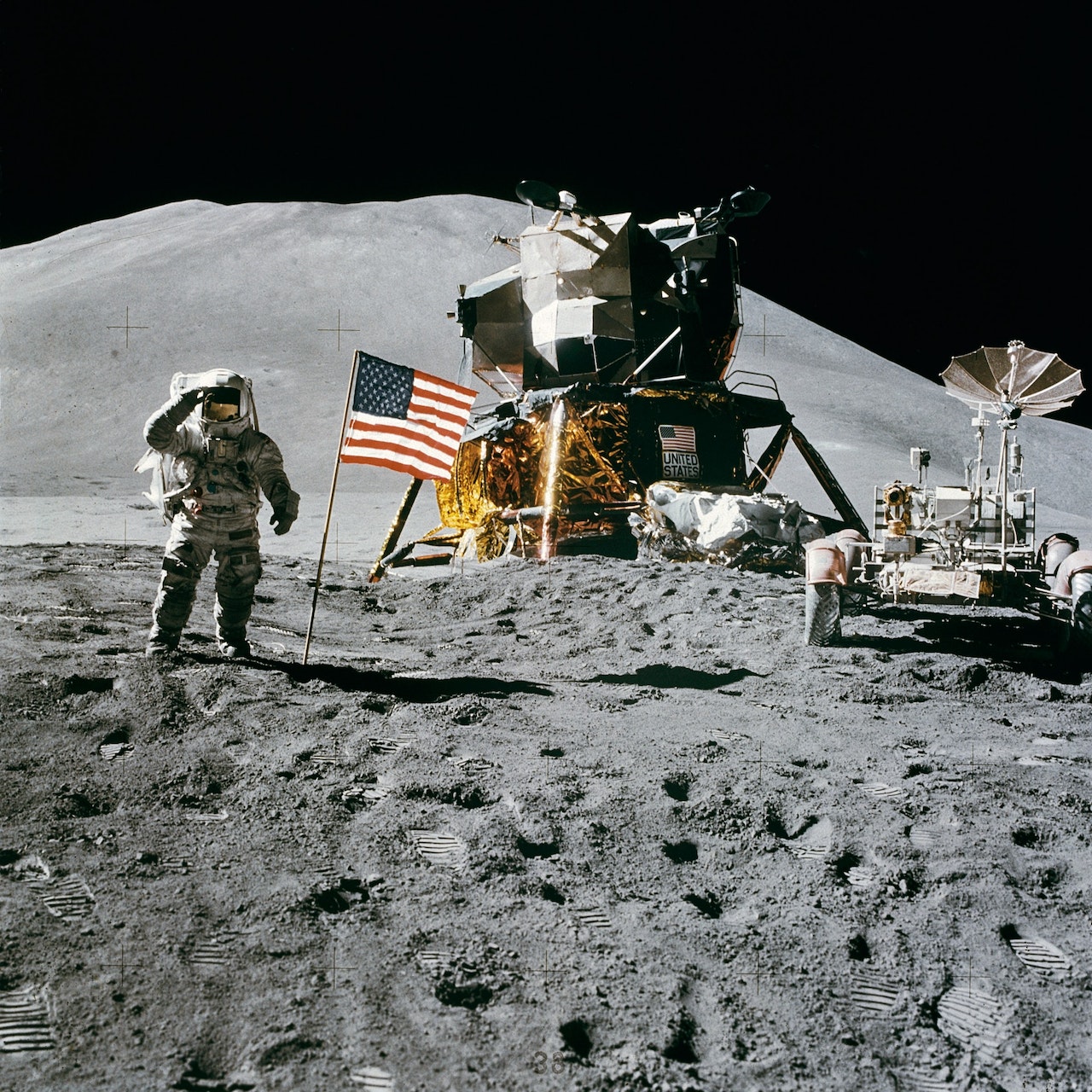NASA recycles Astronaut urine into drinking water

Engineers have been researching on ways to meet astronauts’ fundamental needs without resupply missions, including how to recycle food, air, and urine into drinking water, as NASA gets ready for longer missions, including those to the moon and possibly beyond.
NASA reported that by recycling everything from pee to sweat, astronauts on board the International Space Station had been able to recover 98% of the water that personnel take into space with them.
Additionally, it ensures that each crew member has access to the one gallon of water they require daily for drinking, meal preparation, and hygiene needs like brushing their teeth.
“Keeping that running is a fairly incredible achievement,” Brown said. “Let’s suppose you collect 100 pounds of water on the station. You lose two pounds of that and the other 98% simply keeps spinning around and around.
How NASA does it
The Environmental Control and Life Support System, or ECLSS, is a set of gear that supplies the International Space Station with clean air and water. It also does recycling.
The Water Recovery System, which creates drinking water, is a component of the ECLSS. Advanced dehumidifiers are used in one part of the system to collect sweat and breath moisture, which is then converted into drinkable water.
The second part pre-treats urine before using technology to distill it into reclaimed water. However, this distillation still results in the production of some pee brine, a byproduct that NASA claims still contains some potable water.
Enjoying this article?
Subscribe to get more stories like this delivered to your inbox.
Processed urine cleaner than water?
The water that the crew is drinking has been purified to a higher standard than the water we consume on Earth, according to Williamson. They are not drinking pee. “We have many procedures in place and many ground tests to give confidence that we are producing clean, potable water,” Williamson added.
Read More News
Russian mercenary chief, Prigozhin is a ‘dead man walking’
The photo above is from Pexels
